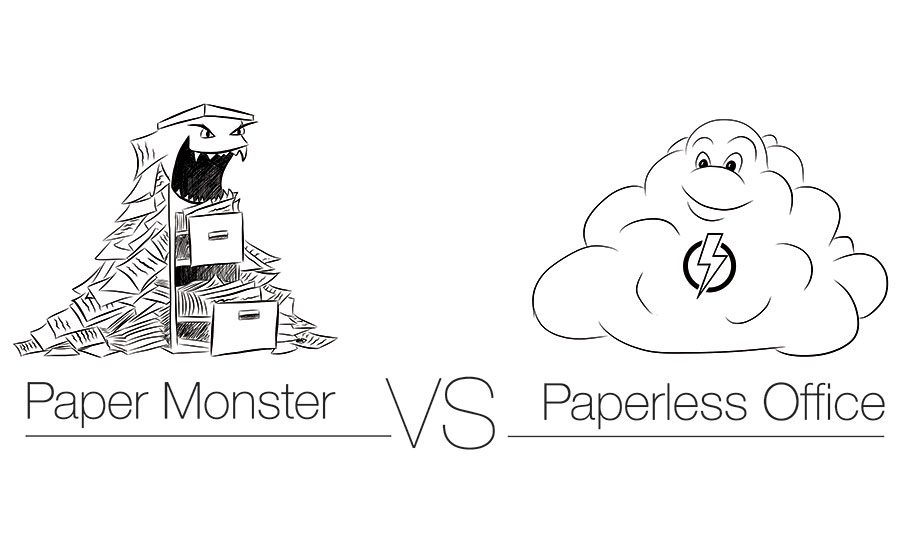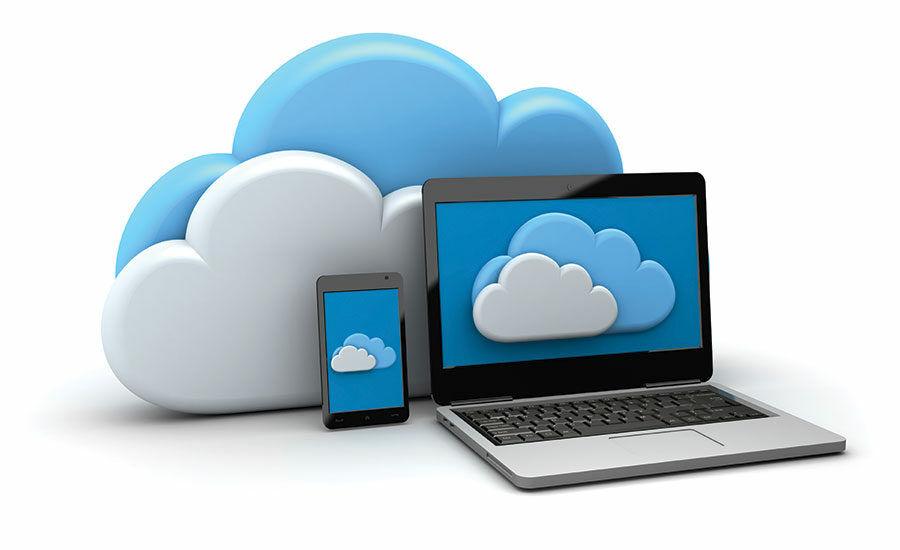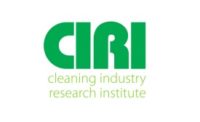The Facts
Hurricane Georgia left a trail of destruction that ravaged thousands of homes along the Atlantic coastline. In the days that followed, hundreds of restoration companies from all over the country mobilized resources to help put lives back together. During the relief efforts, The Paperless Office, which handled the most losses, was accused of unfair business practices by neglecting to leave a paper trail of all the work they performed to their clients. The Paper Monster argues The Paperless Office did not carry around file folders and hard copy forms during the mitigation process. As a result, The Paperless Office was able to help more homeowners, consequently handling more work than The Paper Monster during this weather event. In consideration of the aforementioned circumstances, The Paper Monster is looking for compensatory damages from this unfair competitive advantage. In light of the facts presented, the court has rendered its decision on the matter.
The History of the Case
Paper has enjoyed a long and productive life, stretching back from when it was born from the pith of the papyrus plant in ancient Egypt. For centuries, paper was the only source of communication. However, with all the great things paper has done for advancing knowledge and human progress over the last centuries, recent evidence indicates it has become more of a liability than an aid. In the last century, studies have illustrated how paper has mutated itself into a monster. No longer can we associate paper with progress and efficiency. The negative environmental impacts of paper production are well documented. Paper production is the third most energy-intensive of all manufacturing industries. Its impact continues even after it’s been discarded.
To help validate the negative impact paper has on our planet and businesses, here are some interesting facts from The Paperless Project about the on-going use of paper in some offices:
- The average office worker uses 10,000 sheets of paper a year.
- 45% of the paper printed in offices ends up trashed by the end of the day – accounting for more than a trillion sheets of paper per year, worldwide.
- In the U.S., companies spend more than $120 billion a year on printed forms, most of which out date themselves within three months’ time.
- A typical employee spends 30-40% of their time looking for information locked in email and filing cabinets.
- The average document is copied 9 to 11 times and every 12 filing cabinets require an additional employee to maintain.
- Each four-drawer file cabinet holds an average of 10,000 to 12,000 documents, takes up to 9 square feet of floor space and costs $1,500 per year.
- Each misfiled document costs $125. Each lost document cost $350 to $700 and large organizations lose a document every 12 seconds.
- More than 70% of businesses today would fail within the first three weeks if they suffered a catastrophic loss of paper-based records due to fire or flood.
- The amount of paper in the average business grows by 22% a year, meaning your paper will double in 3.3 years.
The evidence is staggering. Although we can acknowledge the convenience that paper can provide in some cases, the arguments of moving away from it are indisputable. With all the technological advancements that have improved lives and businesses over the last decade, there’s no measurable benefit to continue to employ manila folders and hard copy forms for business transactions.
Making the case of going paperless
We are all creatures of habit, naturally resistant to change, but the overwhelming evidence presented today should assist companies wanting to embrace change. As we’ve witnessed, there’s no better ally than technology to increase work capacity and cut out inefficiency. Not only can cloud based technology modernize business; it helps save time, money and more importantly the environment. The numerous benefits can give companies a competitive advantage during disasters. When companies combine cloud and mobile technology, they immediately eliminate waste while improving communications, which are the cornerstones of success during high claims volume. In a recent BCW article authored by Christina Bowe, titled “10 Reasons to Strive For a Paperless Office,” she compiles nine great reasons for converting to a paperless enterprise:
- Easy Storage: Rather than being shoved into a folder or tossed on top of a pile that resembles the leaning tower of Pisa, paper documents can be scanned or stored electronically. The cloud... can eliminate document storage headaches and office clutter.
- Automatic Audit Trail: Storing documents electronically makes them much more accessible for future use. In addition to smoothing out editing and updating processes, electronic documents also ease audit processes.
- Time Savings: File cabinets are not only unsightly, they’re also a pain to dig through. With electronic documents, you can say goodbye to paper cuts, and instead embrace the quickness of a digital search engine when hunting for your next document.
- Simplicity: A fussy printer can really put a damper on your day. Avoid this hassle with electronic storage, which allows you to perform tasks with the mere touch of a button or click of a mouse.
- Accessibility: Instead of having multiple users make various changes to a single document, electronic storage allows for a handful of people to work on the same document, at the same time. This makes the collaboration process a lot more efficient.
- Business Development: With cloud digital documentation, business becomes more seamless. This means management has more time to focus more on cultivating new business
- Security: Electronic storage allows only authorized users to retrieve documents stored on secured servers.
- Email Efficiency: An effective document management system can communicate with internal server-based email systems to present emails like documents. This saves you time when searching for documents.
- ROI: Thanks to increased productivity, organizations usually experience a quick return on investment with cloud based technology.
The Verdict
Considering all the facts laid out, The Paperless Office leveraged technology to digitally document the work they performed during the disaster relief efforts. They handled more work and helped more homeowners in the process, as opposed to The Paper Monster, who stifled productivity and efficiency by not incorporating technology in their work process. Their decision to use paper during this weather not only affected their productivity but also left a negative impact on the environment.
While many are just catching up with the idea of paperless transactions, there exist leaders in each market who have successfully used technology to change the game. By doing so, they have put distance between themselves and the competition by realizing the efficiency gained by implementing these technologies to differentiate themselves.
The Paperless Office can be heralded, not punished, for not only helping homeowners in times of need but also saving the planet from the negative impact paper leaves behind.





Report Abusive Comment